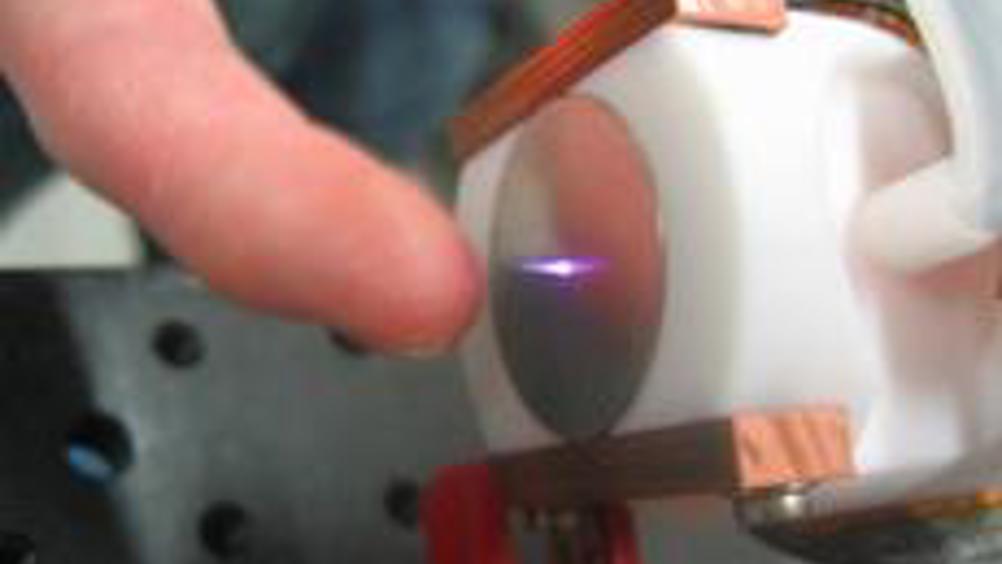Pesticide spotter

Chemists working at ETH Zurich have developed a new method to detect pesticide residues in foodstuffs.
A year ago they showed that they could analyse samples of fruit using mass spectrometry, but the system had a drawback - any pesticides needed to be extracted before they could be analysed in the spectrometer.
To avoid this time-consuming process, the researchers have now built an atmospheric pressure glow-discharge source (APGD source), an electric source that generates a plasma, or ionised gas, at atmospheric pressure.
When aimed at a piece of fruit peel, the plasma stream detaches molecules from the surface of the peel.
These are then transferred directly into the mass spectrometer, which can then be used to identify any chemical substances present in the fruit.
Although the method can determine chemical compounds faster than before, it cannot quantify the amounts identified.
Currently, the method can be used for preliminary probing – if pesticide residues are then found, conventional methods can be used to quantify how much have been discovered.
Register now to continue reading
Thanks for visiting The Engineer. You’ve now reached your monthly limit of news stories. Register for free to unlock unlimited access to all of our news coverage, as well as premium content including opinion, in-depth features and special reports.
Benefits of registering
-
In-depth insights and coverage of key emerging trends
-
Unrestricted access to special reports throughout the year
-
Daily technology news delivered straight to your inbox










National Gas receives funding to develop Gravitricity underground hydrogen storage system
One single rock salt mine - Winsford - has 23 <i>MILLION </i>cubic metres of void and even allowing for 10% of that void set aside for hazardous waste...